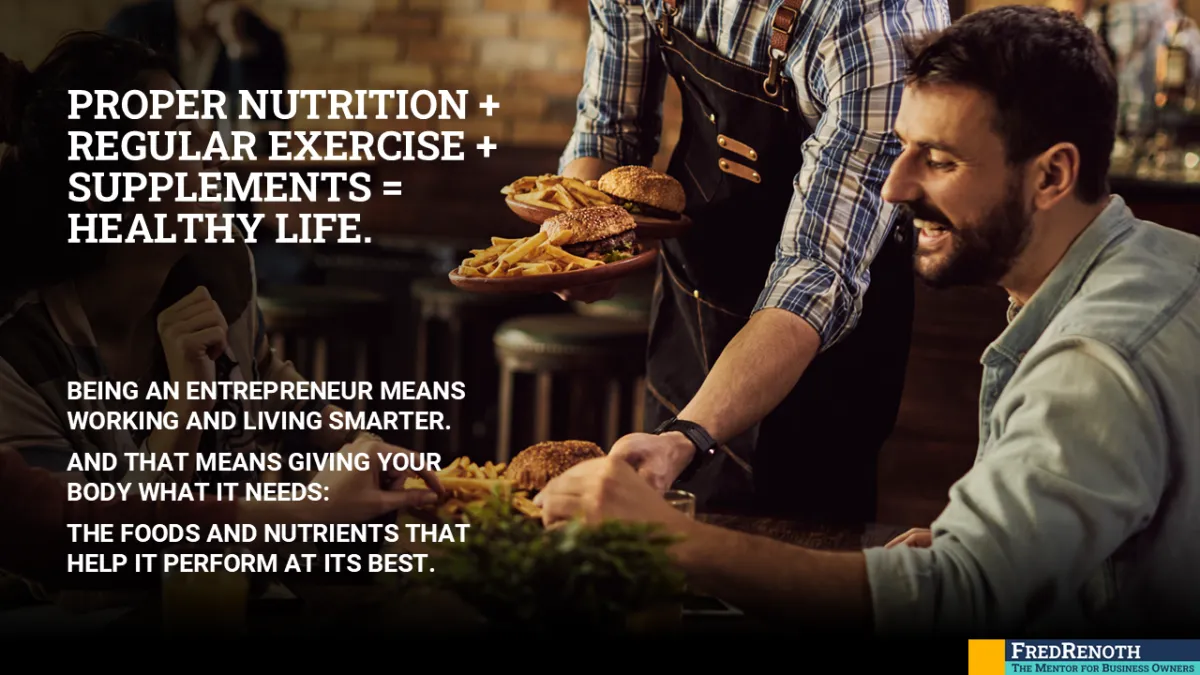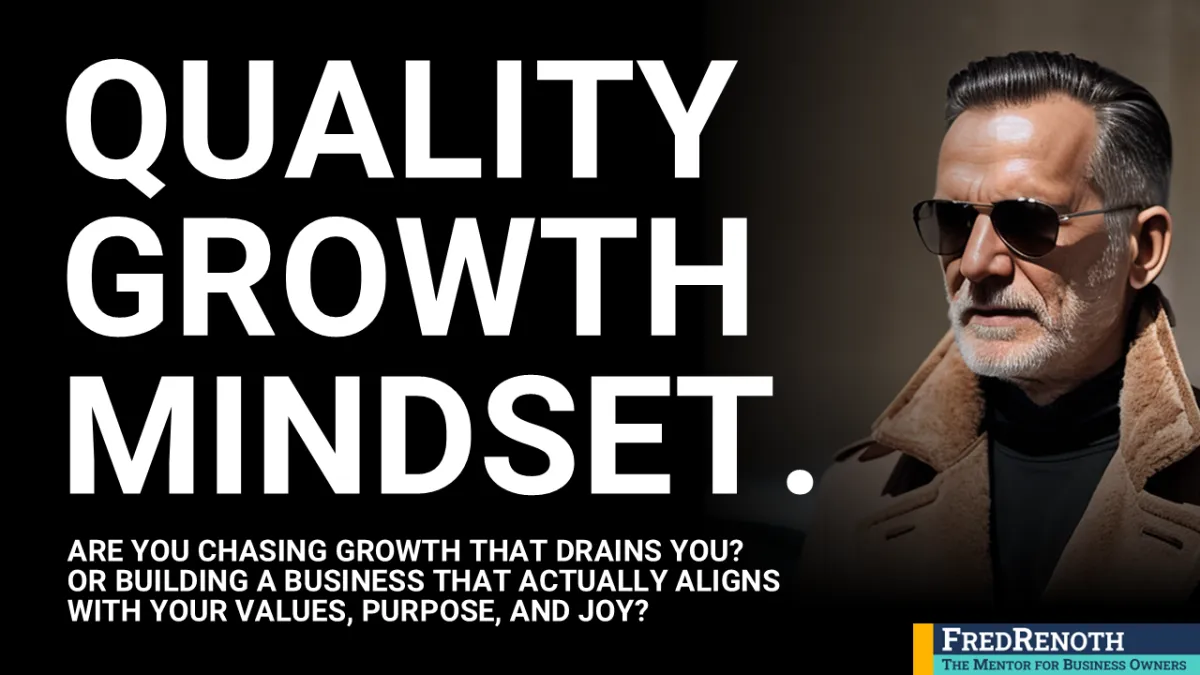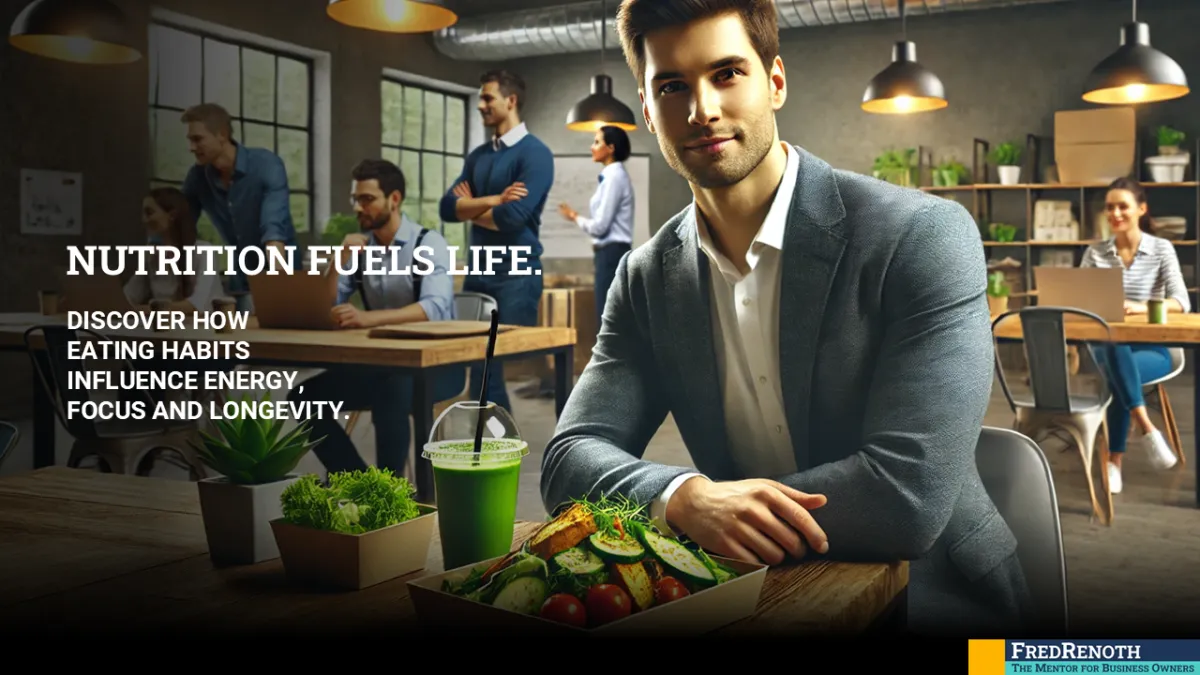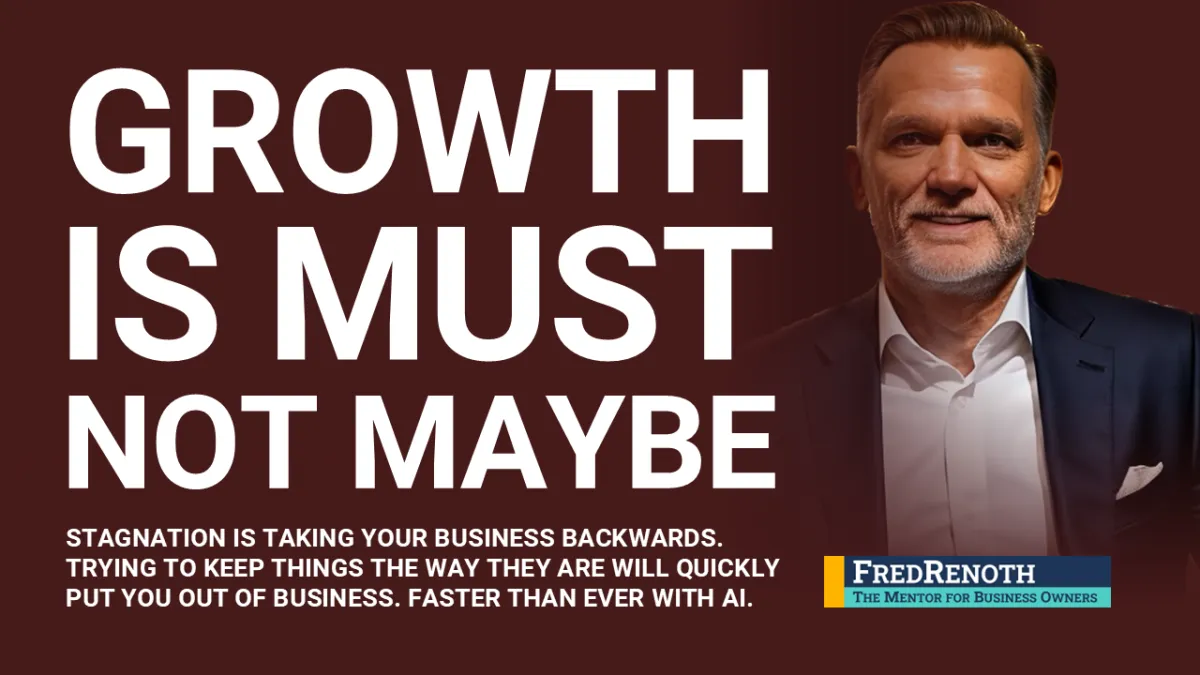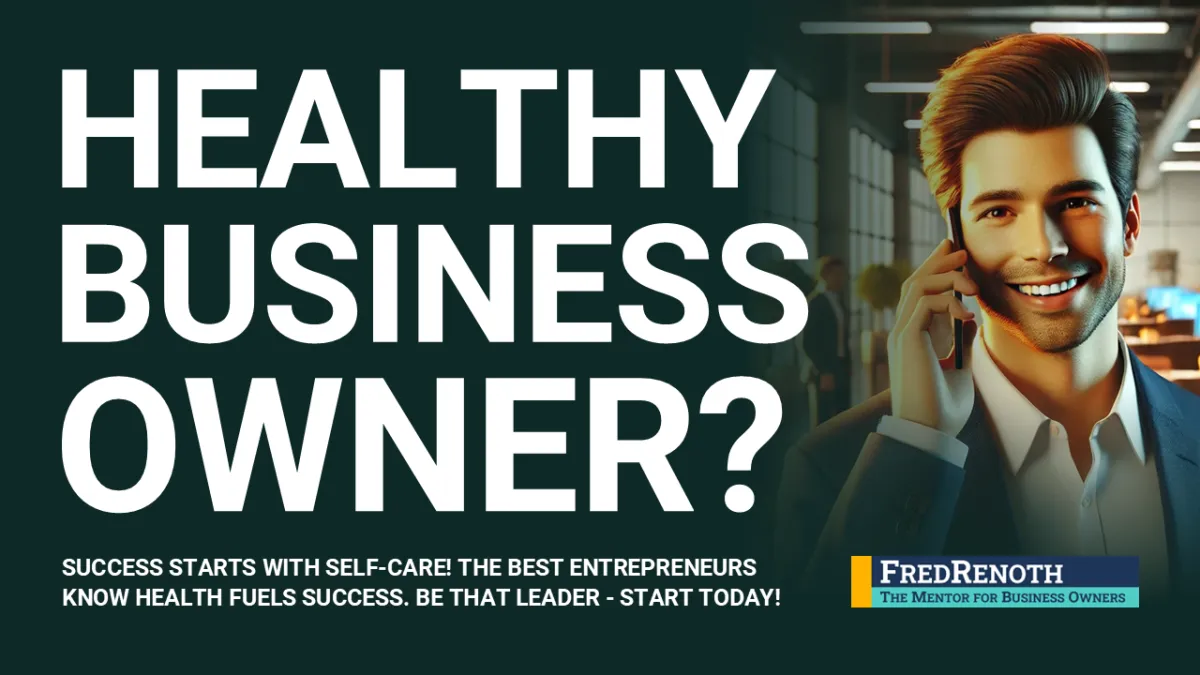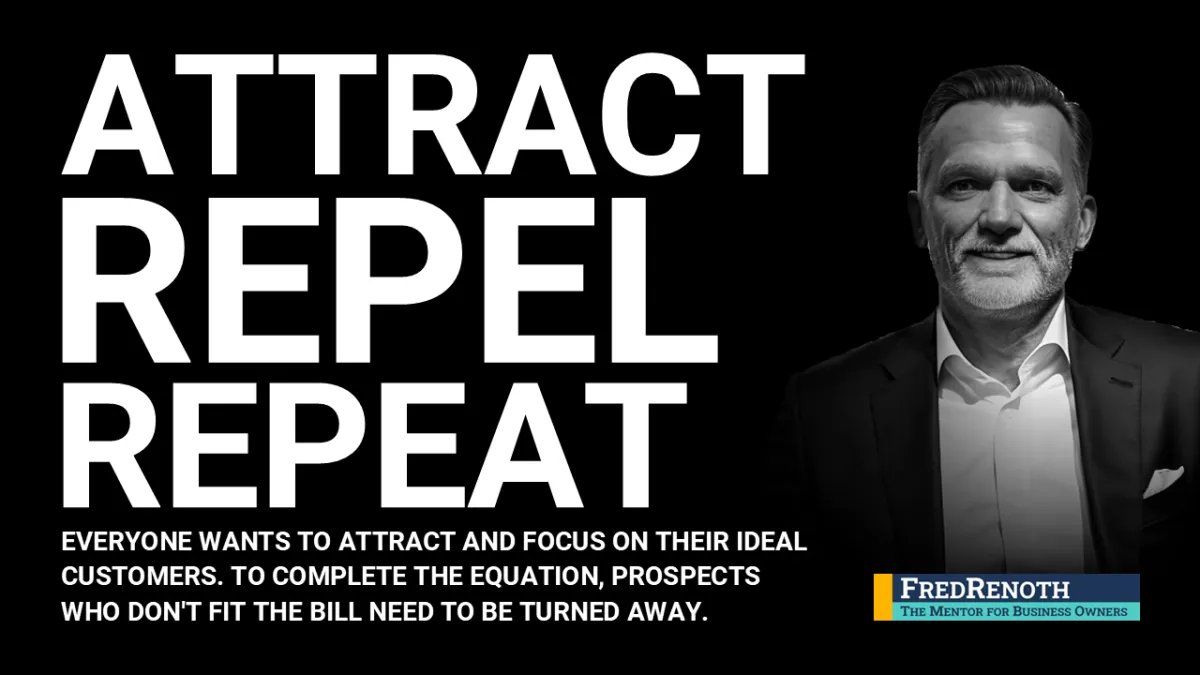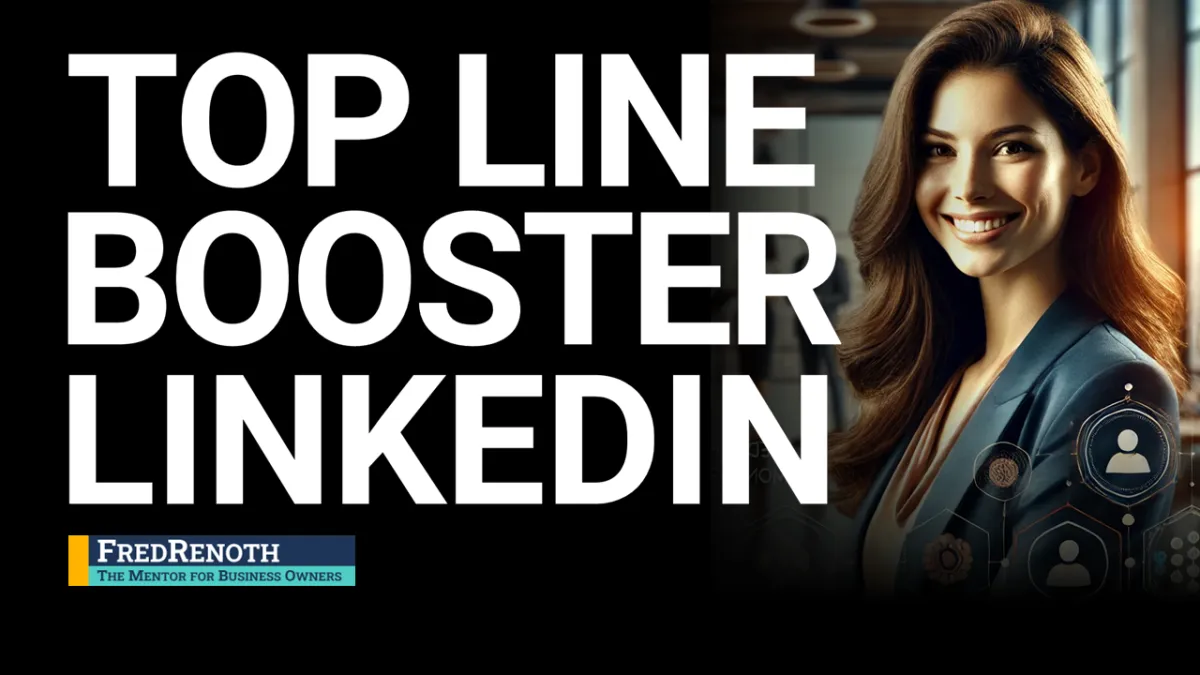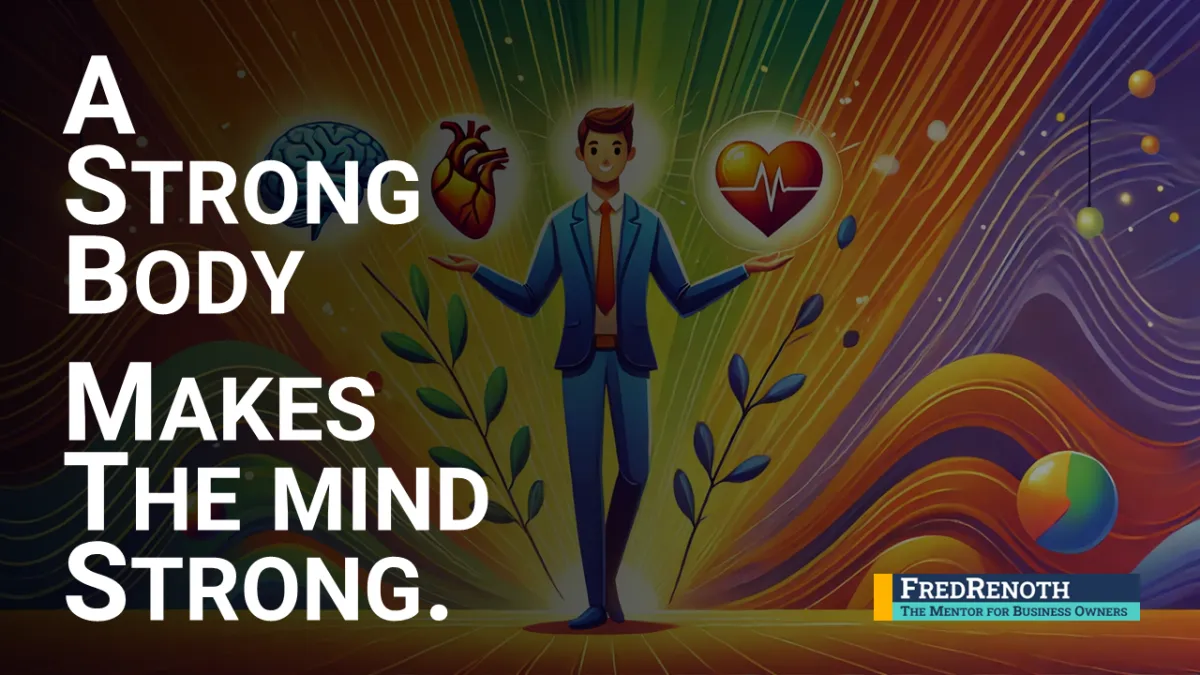


Welcome to Fred's
the Healthy Business BLOG
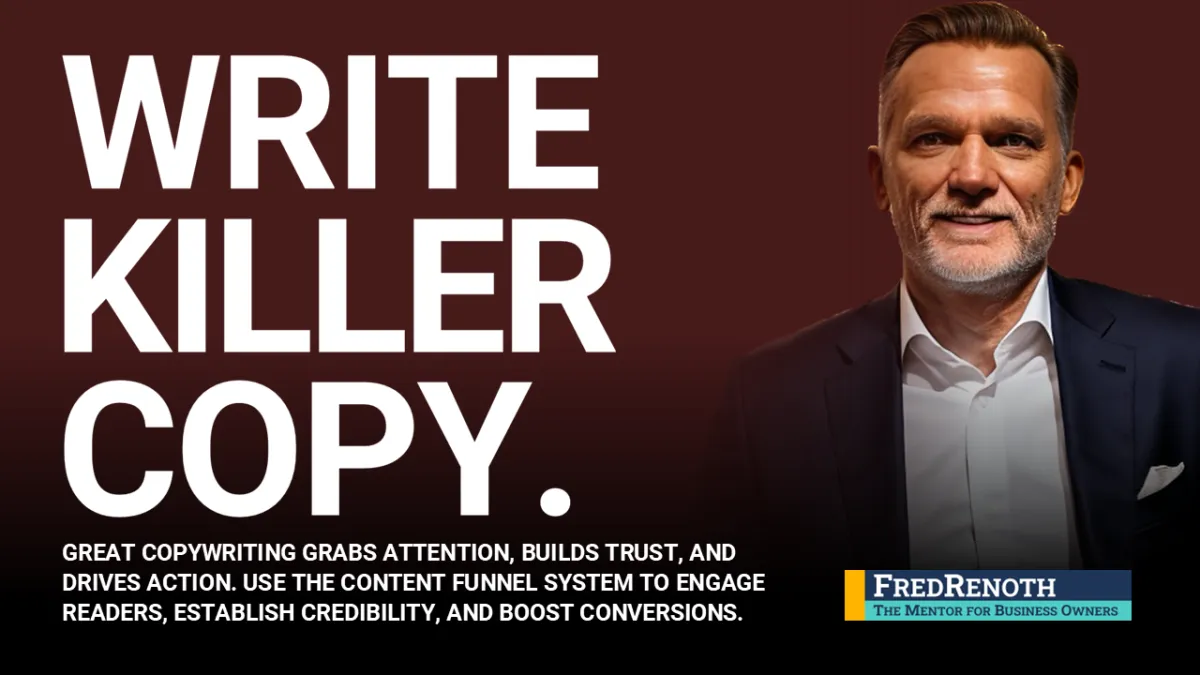
Write Killer Copy: Transform Your Business with Persuasive Writing
Picture a busy marketplace. Vendors are shouting to get people's attention. Some people stop and listen, while others walk past without a second thought.
But one stall has a steady line of eager customers. The secret? The vendor isn't just listing products; they're telling a compelling story, making each item irresistible.
This is the power of copywriting. Whether you're selling a product, service, or idea, the right words can make all the difference between success and failure.
Strong, persuasive copy grabs attention, builds trust, and drives sales.Weak copy leaves potential customers confused, uninspired, and clicking away.
So, let's dive into why great copywriting matters, what happens when you ignore it, and how to create messages that turn casual readers into loyal customers.
Why Excellent Copywriting Matters
These days, words are your best friend when it comes to getting noticed by potential customers. Everything you put out there, from your website to your emails to your social media, relies on language to show people what you've got to offer.
But here's the thing: if you want your message to really hit home, you've got to speak straight to the people who need what you're offering. Don't try and be everything to everyone - focus on the people who are already on the lookout for exactly what you've got to offer.
And trust is just as important. People don't buy from companies, they buy from brands they trust.Strong copywriting shows your expertise and makes potential customers feel understood.
When they see that you really understand their struggles and have the answers they need, they're far more likely to engage with your business. The ultimate goal is to drive conversions.
The best copy persuades people to take action, whether that's signing up for a newsletter, booking a consultation or making a purchase.When your words create a sense of urgency and excitement, they naturally encourage potential customers to say "yes" to what you offer.
The Power of Words in Action
Consider Emma, a wellness coach who struggled to attract clients. Her website described her services in a generic way: "I offer personalized coaching to help you live a healthier life." It sounded nice, but it didn’t spark interest. People needed a reason to care.
She changed her approach: "Lose weight, regain energy, and feel amazing in 90 days—without giving up your favorite foods!" This new message spoke to her audience’s desires and fears. Within a few months, Emma saw a 60% increase in inquiries.
Words are powerful. They can either engage people or drive them away.
The Cost of Bad Copywriting
Now, let's look at what happens when businesses get copywriting wrong.
1. Confusing messages drive people away. Imagine landing on a website with text like this: "We leverage cutting-edge, AI-powered solutions to optimise your workflow and maximize efficiency across cross-functional teams.
"Huh? What does that even mean?If potential customers have to work hard to understand your message, they'll leave.Confusion kills conversions.
2. Weak copy fails to inspire action. Take this call-to-action: "Click here to learn more about our services."It's vague and unexciting. Now compare it to: "Book a free 15-minute strategy session and start seeing results today!" Specific, compelling, and action-driven.
3. Ignoring emotions means losing sales. People make decisions based on emotions and justify them with logic. If your copy is dull and robotic, it won't create a connection.
A tech startup learned this the hard way. Their software promised efficiency, but their website was filled with technical jargon. Customers didn't feel an emotional pull. After rewriting their copy to focus on how their tool reduced stress and saved time, conversions increased by 45%.
The Content Funnel System: A Proven Copywriting Framework
So, how do you write copy that engages, persuades, and converts? Enter The Content Funnel System - a strategic approach that guides customers from interest to action.
1. Top-of-Funnel (TOFU): Grabbing Attention
At this stage, people aren't actively looking for your product yet. So, your job is to capture their interest with engaging content.
What works at TOFU? Personal stories have a unique power to create connection. When you share authentic experiences, readers see themselves in your journey, making your message more relatable and compelling.
Rather than just presenting facts, storytelling allows people to feel emotionally invested in what you're saying.
Emotional engagement plays a crucial role in keeping readers hooked. The best copy makes people curious, excited or urgent to keep reading.When people feel something, they're more likely to remember and act on what they've read.Bold statements also make an impact.
Surprising readers with unexpected insights or thought-provoking claims grabs their attention.A strong, daring message challenges assumptions and sparks curiosity, making people eager to learn more. Content that carries viral potential is the kind people naturally want to share. When something is inspiring, entertaining or highly useful, readers feel compelled to pass it along, which can help you reach more people without much effort.
For example, a statement like "I had only $500 in my bank account and no job. Here's how I built a six-figure business from scratch" instantly creates curiosity. People want to know what happened next, which makes them more likely to keep reading.
To apply these principles effectively, always open with a strong hook that draws readers in. Share experiences that people can relate to, so your message feels real and authentic. Keep your language conversational and engaging to keep your audience interested from start to finish.
2. Middle-of-Funnel (MOFU): Building Trust
Now that you've got their attention, it's time to show that you're worth listening to and prove that you know what you're talking about. At this point, your content should be really valuable, helping your audience see you as someone who knows what they're talking about and can be trusted.
Step-by-step guides are super effective because they give specific solutions to specific problems.When readers can see the results and apply what they learn, they naturally view you as an authority.
Case studies are a great way to show you've worked in the field and have a proven track record.Educational content is important too, but don't overdo it and make it too complicated. People like it when you ask questions to get them thinking, and it makes your content more interactive.
For example, a headline like "3 simple strategies to double your email open rates in 30 days" is clear about the value it offers and positions the writer as an expert, which makes readers want to keep reading to get the useful insights they'll walk away with.
To make the most of your messaging, be specific and avoid vague advice. Use clear, structured information that's easy for readers to understand and apply. Keep your content easy to digest – too much detail at once can be overwhelming and reduce engagement.
3. Bottom-of-Funnel (BOFU): Driving Conversions
People are thinking about buying or committing to something at this stage, so your copy should be all about getting rid of any doubts and making them want to take action. This is where you help potential customers make a decision by building trust and making them feel like they've got to act fast.
Social proof is one of the most powerful tools here.Testimonials and case studies show that other people have had success with your product or service, which makes people more confident about taking the next step.
A strong call to action is essential. Your audience needs clear instructions on what to do next, whether it's signing up, making a purchase, or booking a consultation. Your CTA should be direct and compelling.Addressing objections is equally important, as people naturally hesitate before making a decision, so you need to tackle common concerns upfront to eliminate doubts before they arise.
Creating urgency and scarcity can also drive action. Limited-time offers or exclusive deals make people feel that they must act quickly or risk missing out. For example, a statement like "Join our program today—only 3 spots left!" makes the offer feel exclusive and time-sensitive, motivating potential customers to commit.
To make the most of this stage, highlight tangible benefits so customers clearly see what they'll gain.Reinforce your message with real proof through testimonials and success stories.Most importantly, ensure your call to action is strong and unmistakable, making it easy for them to take the next step.
5 Steps to Writing Killer Copy
Step1: First things first: know your audience. If you don't understand who you're talking to, your copy is going to miss the mark. Ask yourself:
Who is my ideal customer?
What are their biggest struggles?
What language do they use to describe their problems?
When in doubt, write as if you're speaking to one person.
Step 2: Hook them instantly. People decide in seconds whether to keep reading. Start with a bold statement, question or emotional trigger. Instead of: "We offer marketing consulting for small businesses." Try:"Struggling to get customers? These 3 marketing tweaks will change everything."
Step 3: Make it conversational. Write like you speak, avoiding stiff, corporate jargon.Imagine explaining your offer to a friend.Instead of:"Utilizing our state-of-the-art software, businesses can optimize their ROI."Try: "Want to grow your business without wasting money? Here's how."
Step 4: Focus on benefits, not features. People don't care about features; they care about how those features improve their lives.Instead of:Our app has AI-powered analytics.Try:Save 5 hours a week with AI that does the work for you!
Step 5: End with a strong CTA. Tell people exactly what to do next.
Weak CTA: "Learn more about our services." Strong CTA: "Book your free consultation today - spots are limited!"
Conclusion: Mastering the Art of Persuasive Copy
Great copywriting isn't just about the words – it's about connection, persuasion and action.
The way you communicate can make or break whether someone engages with your brand or moves on without a second thought. By following the Content Funnel System, you can guide potential customers through their journey.
First, capture attention with compelling TOFU content that draws readers in and sparks curiosity. Then, build trust with valuable, expertise-driven MOFU content that establishes credibility and provides real solutions. Finally, you can convert those readers into customers with persuasive BOFU content that gets them to take action.
I hope you found this little guide to writing great copy helpful. The most important thing to remember is that your texts need to have a clear structure and follow a strategy, i.e. the content funnel system.
If you're struggling, it's worth finding an experienced copywriter who can show you how to make the most of your offers by writing compelling copy that will attract leads and customers.
Words are powerful, and the right ones can totally transform your business.
So, start crafting copy that captivates, persuades and sells. Your audience is waiting – make every word count.
Want to Take it a Step Further?
Enjoyed this article?
It may give you a taste of what we talk about with our clients in the FredRenoth Mentoring Program.
Check out our website (CLICK HERE FOR WEBSITE).
And, of course, I'm ready to answer all your questions in a Value Call. Just click the button below.
Like What you Read?
Get my weekly updates sent straight to your inbox. Just CLICK HERE to sign up.
Disclaimer
This article is just my two cents on how to stay healthy while juggling a demanding job as a business owner. It's meant to be inspiring, but it's not a substitute for professional advice on exercise, nutrition, or health. Before you take action, check in with a specialist.
Copyright 2025 Sysbizz LLC - All Rights Reserved


